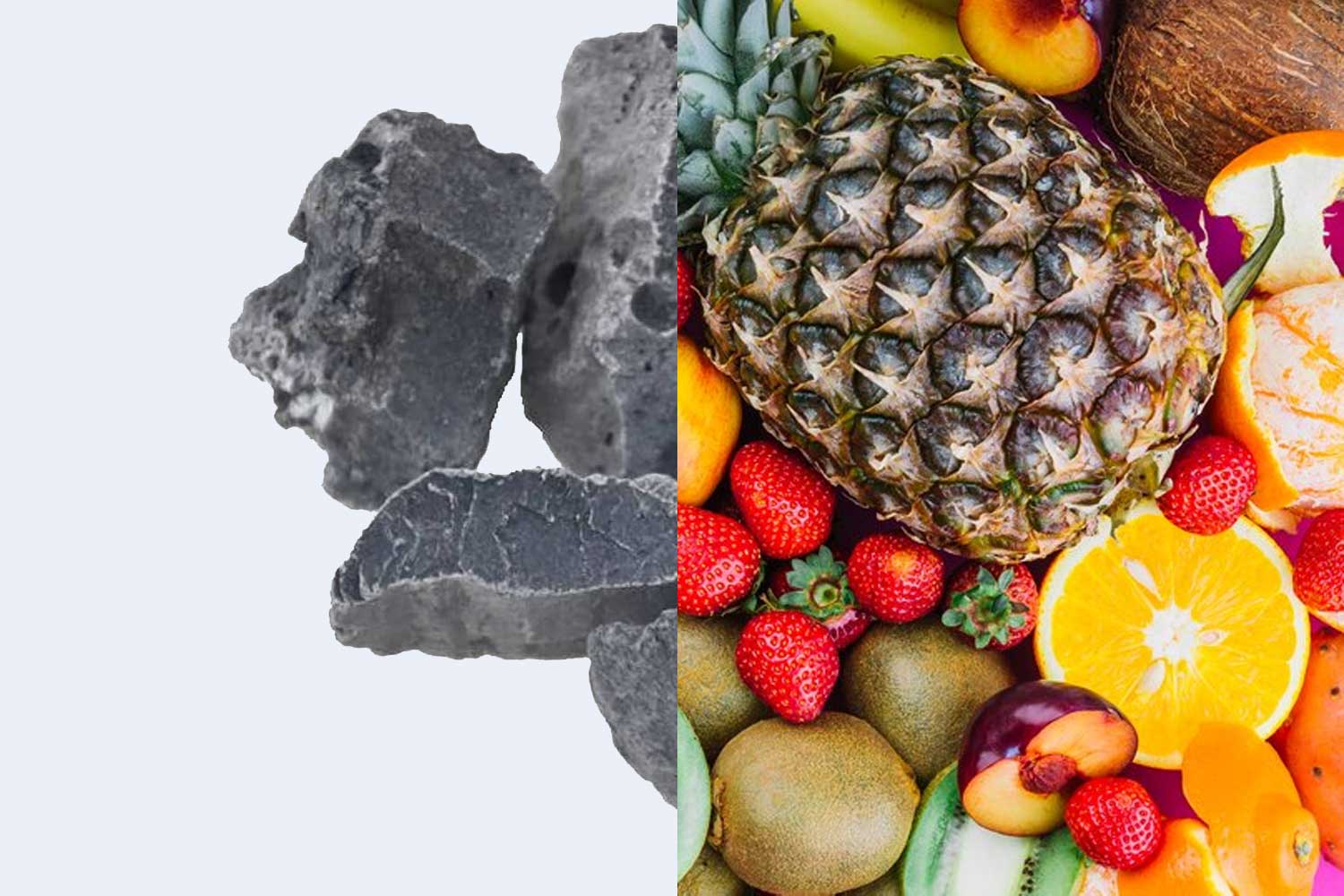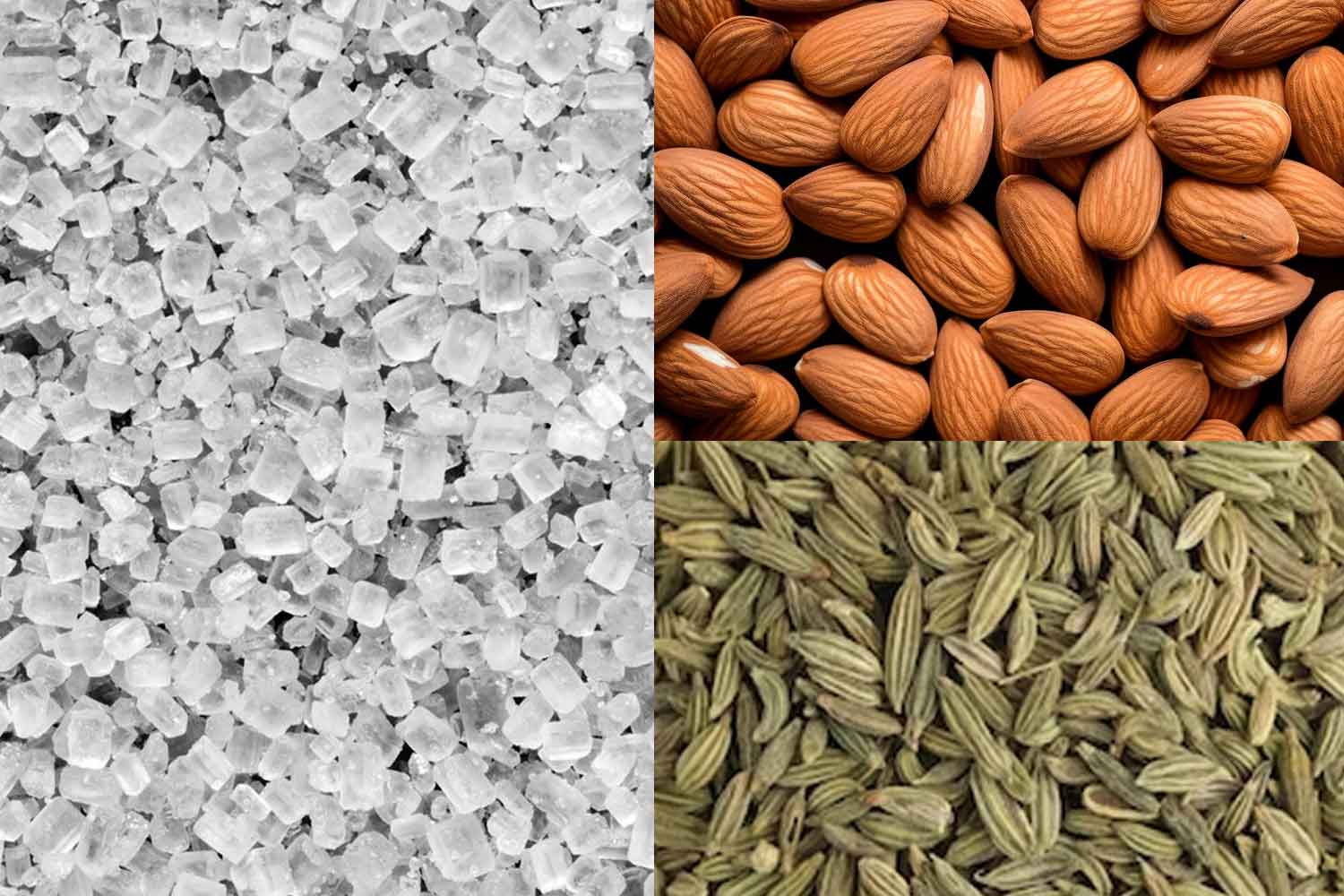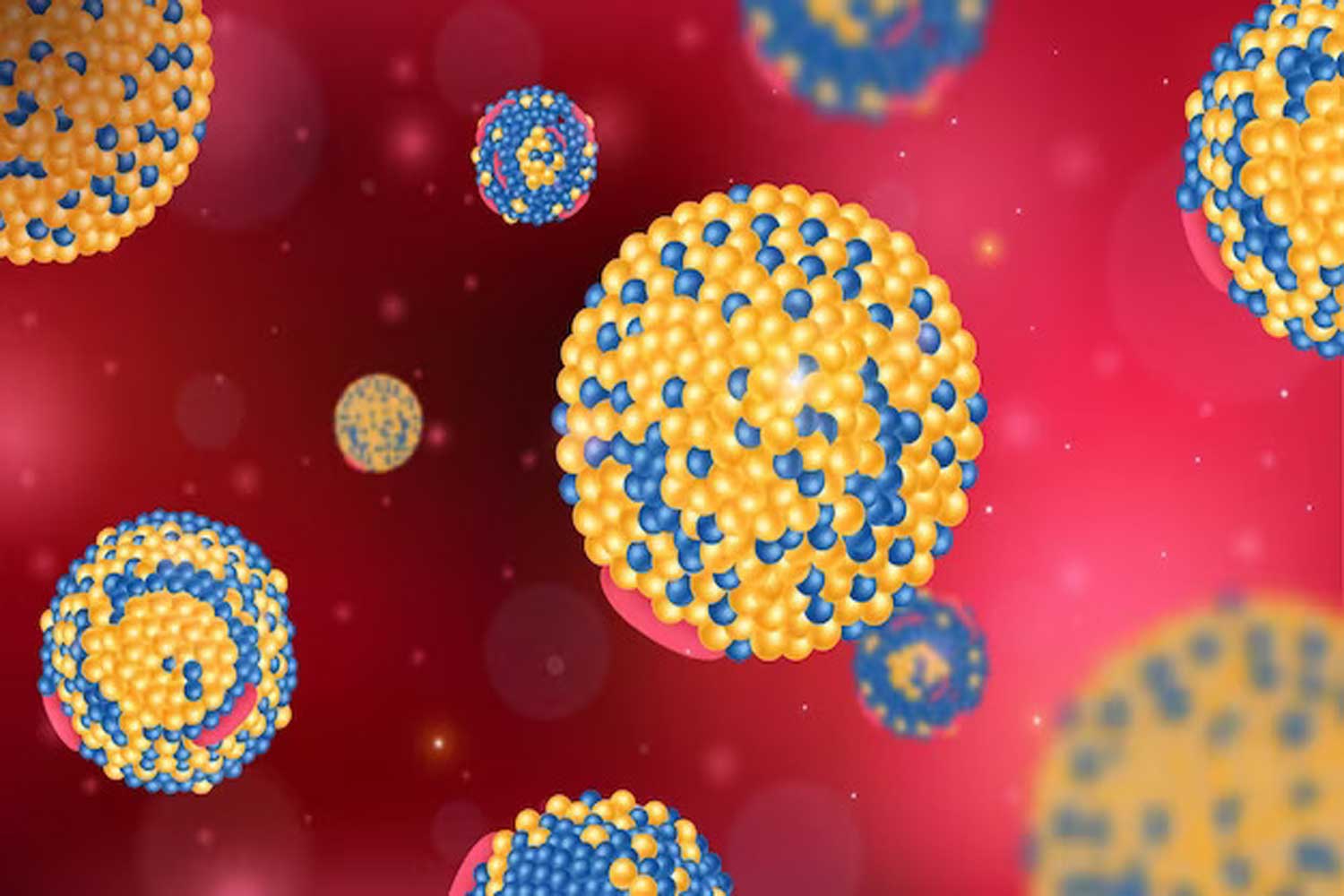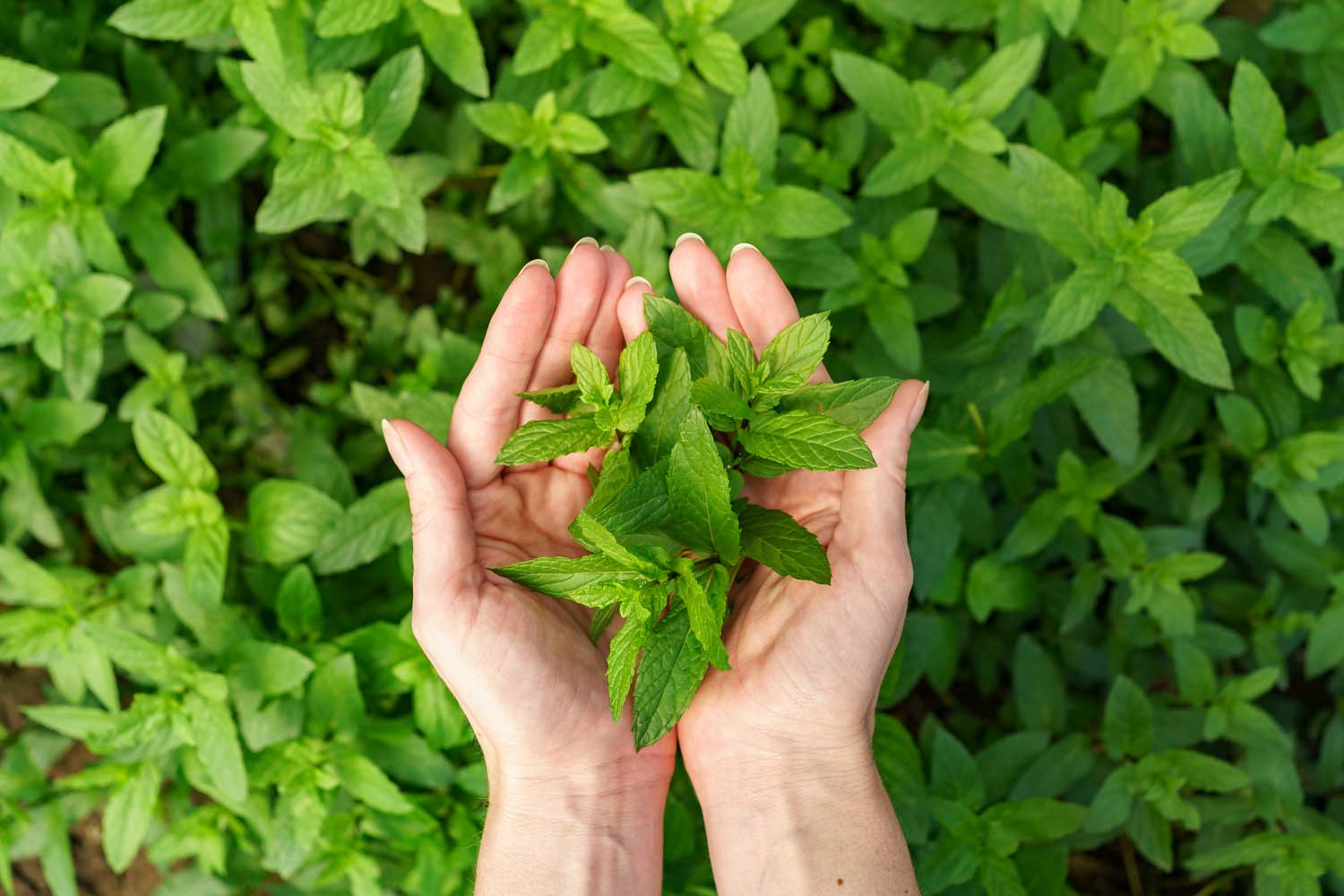Back in the day, we were taught that home-cooked meals were the epitome of health. Fast forward to the 90s, and a breakfast revolution swept over our tables with the introduction of cornflakes. Suddenly, this became the new “healthy.” Then came the parade of green tea, quinoa, oats, smoothies, kale, and seeds, inundating our dinner tables and gradually replacing traditional home-cooked fare. But were these healthier options, or just cleverly marketed trends?
The Marketing Facade of Health Begins
2020 brought with it the Wuhan virus pandemic, shifting the focus solely onto health. Immunity became the new buzzword, and suddenly, everything from laddus to milkshakes to ice creams was promising to boost our immunity. But amidst this frenzy, are we truly prioritizing our health or falling victim to a well-crafted marketing ploy?
Let’s delve into the heart of the matter. The global “health and wellness” industry now stands at a staggering $4.2 trillion, a testament to our collective pursuit of a healthier lifestyle. The term “health” is associated with an impressive 170 million posts, while “healthy” leads to 190 million results. Searching for “fitness”, you’ll find a shocking 530 million entries. But are we chasing a mirage? The truth is, we’ve been led to believe in shortcuts to health, with products like green tea reigning as the elixir to wellness. Yet, can three cups of green tea truly transform us into superhumans, as claimed? The reality is far less glamorous.
The global health and wellness market, as of 2020 was valued at $4.5 trillion. But what made it reach that economic value? So-called wellness products are used as marketing gimmicks. For instance, in 2023, the green tea market reached a value of $16.2 billion. Green tea is said to be the elixir for getting thin and healthy. It can burn fat, prevent diabetes, improve cardiovascular function and is said to even prevent cancer. But, if it could help in the prevention of cancer, wouldn’t our researchers be on vacation? However, what does science say? According to the National Library of Medicine (NLM), the theaflavins in black tea and catechins in green tea are equally effective antioxidants. Theaflavins and catechins have the same building blocks and are thought to form similar metabolites during fermentation. What it can do, is improve your metabolism which almost any tea can.
Gluten-Free
Here’s what else you should not count on. Gluten-free. Health bloggers tell us that gluten-free is the key to becoming healthy. What is gluten? Gluten is a mixture of proteins like gliadin and glutenin which is found in carbohydrates like wheat, barley, and rye. None of these are harmful to our health. Then why avoid eating it? However, people suffering from celiac disease or who are gluten-sensitive shouldn’t have it. How much of the global population suffers from celiac? 1%. How many have started eating gluten-free? According to MDPI, 32.8% of the global population self-reported to follow a gluten-free diet. According to PubMed, on average, gluten-free products are 242% costlier than regular ones, priced at $1.71 compared to $0.61.
Cow milk has been a staple, but now there’s talk it makes you fat, fueled by influencers. Why? To push alternatives like almond and soy milk, set to dominate a $13.3 billion and $23.2 billion market respectively by 2025. Yet, science doesn’t back their health claims; cow milk wins in nutrition and protein density. So, unless vegan or lactose intolerant, stick to the healthier option.
Protein Powder
Then there’s protein powder, endorsed by YouTubers, though they’re often sponsored. It’s a supplement, useful if you’re short on daily protein goals (46g for women, 56g for men), achievable through regular foods like nuts, milk, or soy. Spending on powders isn’t necessary unless you want to contribute to its $25.23 billion markets, despite potential long-term risks unknown. Brown alternatives like rice, bread, and sugar are trending, yet offer negligible nutrition differences from white variants, but at higher costs.
Healthy Snacks
What else is sold to you as “healthier”? Ultra-processed healthy snacks. They are, in short, packaged unhealthy snacks. “Unhealthy” because they contain refined sugar, added preservatives and additives. QUICK FACT: The global health snacks market reached a valuation of $86.01 billion, according to a study, in 2022. Healthy snacks aren’t always what they seem. Labels boasting “low-cal,” “fat-free,” or “baked not fried” can be misleading. Don’t be fooled by claims like “cholesterol-free” either; it’s the ingredients that count. Many so-called “low-fat” snacks are loaded with added sugar, often disguised under technical names. In Europe, MSG hides as E621, while carrageenan masquerades as E407.
Other Health Facades
Even seemingly innocent options like yoghurt can pack as much sugar as candy bars. And those protein bars? They’re often packed with unhealthy additives. Vegetable chips? They’re not always better than traditional potato chips which are made out of potatoes which technically is also a veggie. Did you know that products can label themselves “trans-fat free” as long as they contain less than 0.5 grams? Bienvenue to the game of false advertising. Take “vitamin water,” for example, claiming to be a healthier alternative to soda. But each bottle contains a staggering 8 teaspoons of sugar. Even vitamin water, hailed as healthy, packs 8 teaspoons of sugar per bottle!
Studies too can be bought: a sugar industry-funded research downplayed sugar risks and painted fat as the devil, while beverage giants like POM Wonderful claimed that consuming their products could prevent heart disease and prostate cancer. Coca-Cola spent millions on studies promoting exercise over dietary changes for weight loss. Wellness influencers endorsing products often profit handsomely, risking public health with false claims. It’s time for a reality check on what we’re consuming.
Conclusion
Ultimately, home-cooked meals reign supreme as the true superfood. To lose weight, focus on a calorie deficit which you can achieve by doing various kinds of exercises; for health, prioritize a balanced diet. Remember, food isn’t the enemy; doubt and deceptive marketing are. Be wise, eat healthy, stay healthy.












